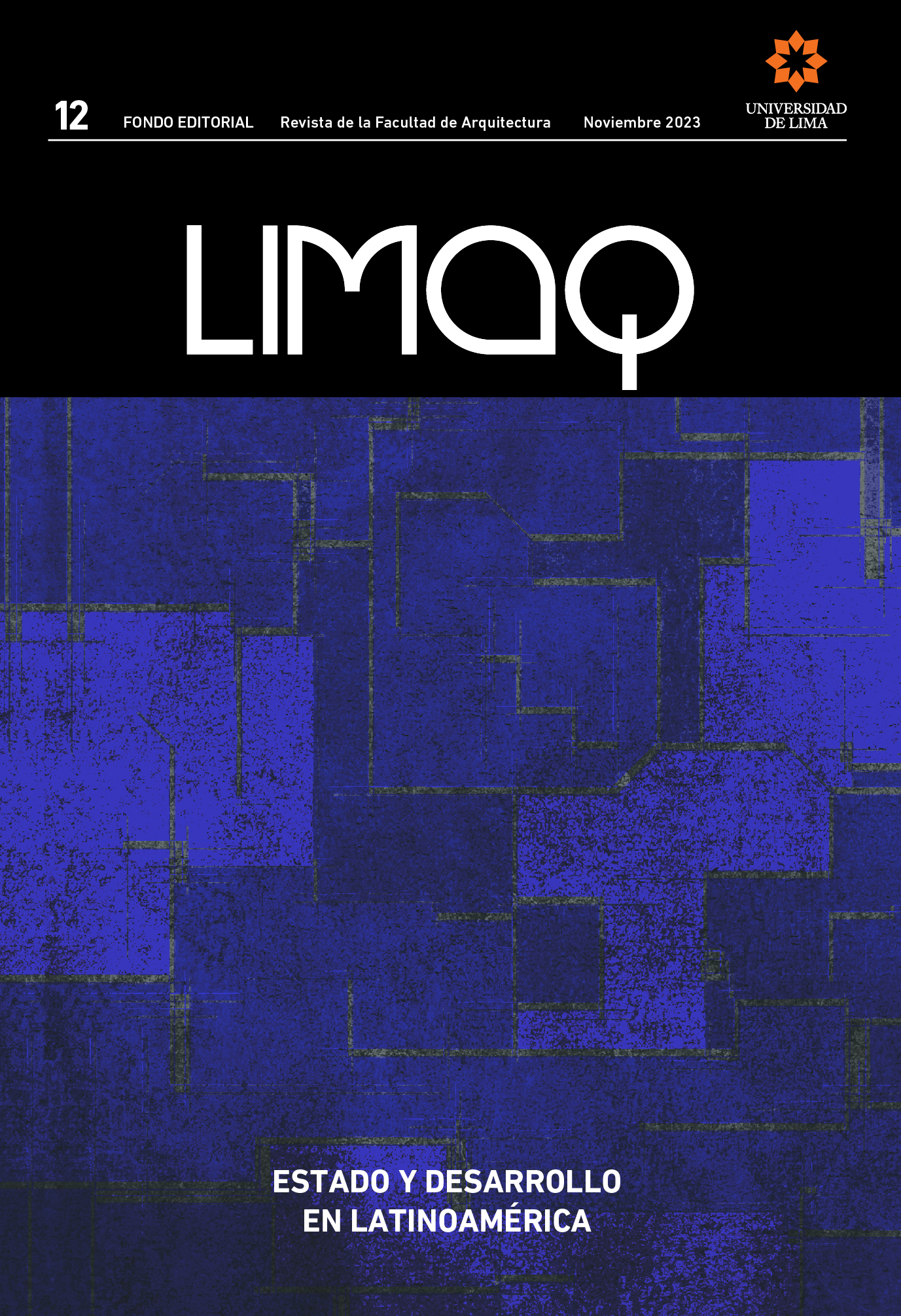Lima’s contemporary residential architecture. An analysis from the feminist perspective
DOI:
https://doi.org/10.26439/limaq2023.n012.5850Keywords:
architecture, feminism, living, real estate, Lima, housingAbstract
The article questions the design of the housing units promoted by the real estate sector in Lima during the second decade of the 21st century. Tis comparative study between twelve housing units takes as its starting point the concept of “house without gender” proposed by Zaida Muxí. It is a fundamental reference to recognize from a feminist perspective how the distribution and spatial segregation of a dwelling contributes to delimit hierarchies among its inhabitants. The study examines the criteria of neutrality and spatial flexibility, the characteristics of the storage spaces, and the functional relationships established by the connection spaces in the design of these dwellings. It concludes that there is a recurrent model of real estate housing and raises questions about the design of this type of housing in search of equity in contemporary living.
Downloads
References
Bachelard, G. (2012). La poética del espacio. Fondo de Cultura Económica.
Castillo Dávila, C. (2020, 21 de agosto). ¿Cuáles son las mejores inmobiliarias del Perú en el 2020? BBVA. https://www.bbva.com/es/pe/cuales-son-las-mejores-inmobiliarias-del-peru-en-el-2020/
Cierto Estudio. (s. f.). La Comunitat Habitacional. https://ciertoestudio.com/La-Comunitat-Habitacional
Col·lectiu Punt 6. (2019). Urbanismo feminista: por una transformación radical de los espacios de vida. Virus Editorial.
EFE Barcelona. (2017, 28 de agosto). El mayor edificio con estructura de madera de España estará en Glòries. La Vanguardia. https://www.lavanguardia.com/local/barcelona/20170828/43885211557/mayor-edificio-estructurade-madera-espana-plaza-glories.html
Fonseca Salinas, M. (2014). Casa sin género. En Actas del I Congreso Internacional de Vivienda Colectiva Sostenible (pp. 84-89). Máster Laboratorio de la Vivienda Sostenible del Siglo XXI. http://hdl.handle.net/2099/14880
Freyre Valladolid, M., & López Mendoza, E. (2011). Brechas de género en la distribución del tiempo. MIMDES. https://www.mimp.gob.pe/files/direcciones/dgignd/publicaciones/Brechas-de-genero-en-el-Uso-del-Tiempo.pdf
García Cortés, J. M. (2006). Políticas del espacio. Arquitectura, género y control social. IAAC.
MAIO. (2017). 22 viviendas en calle Provença, Barcelona. Arquitectura Viva. https:// arquitecturaviva.com/obras/22-viviendas-en-calle-provenca
Matrix. (1989). Making space. Women and the man made environment. Pluto Press.
Montaner, J. M. (2015). La arquitectura de la vivienda colectiva. Reverté S. A.
Montaner, J. M., & Muxí, Z. (2016). Arquitectura y política. Ensayos para mundos alternativos. Editorial GG.
Muxí, Z. (2009). Recomendaciones para una vivienda no jerárquica ni androcéntrica. Generalitat de Catalunya.
Muxí, Z. (2018). Mujeres, casas y ciudades: más allá del umbral. DPR Barcelona.
Novas Ferradás, M. (2020). La vivienda desde el feminismo como espacio para la transformación social. En Actas del Encuentro Internacional Género, Arquitectura y Ciudad (pp. 184-192). Universidad de Las Palmas de Gran Canaria. http://hdl.handle.net/10553/108035
Novas Ferradás, M. (2021). Arquitectura y género: una introducción posible. Melusina.
Pallasmaa, J. (2016). Habitar. Editorial GG.
Peran, M. (2009). After architecture. Tipologías del después. Arts Santa Mònica.
Rosler, M. (2017). Clase cultural: arte y gentrificación. Caja Negra.
Torrado, U. (2019). Nueva dinámica en las familias peruanas. CEO Datum Internacional. https://www.datum.com.pe/new_web_files/files/pdf/nuevas_dinamicas_en_las_familias_peruanas.pdf
Zafra, R. (2021). Frágiles. Anagrama.



